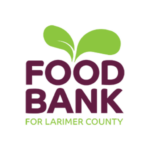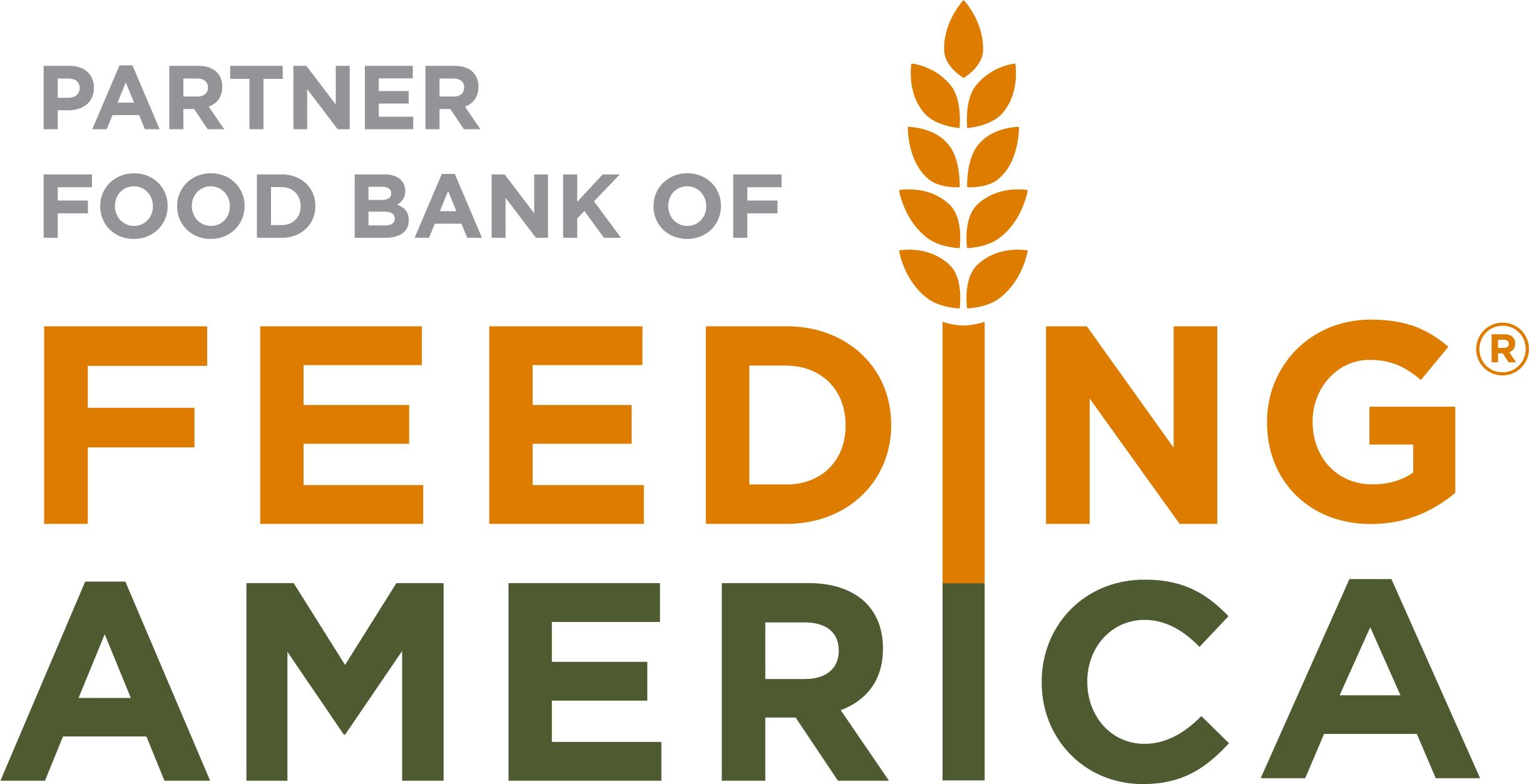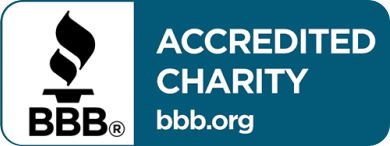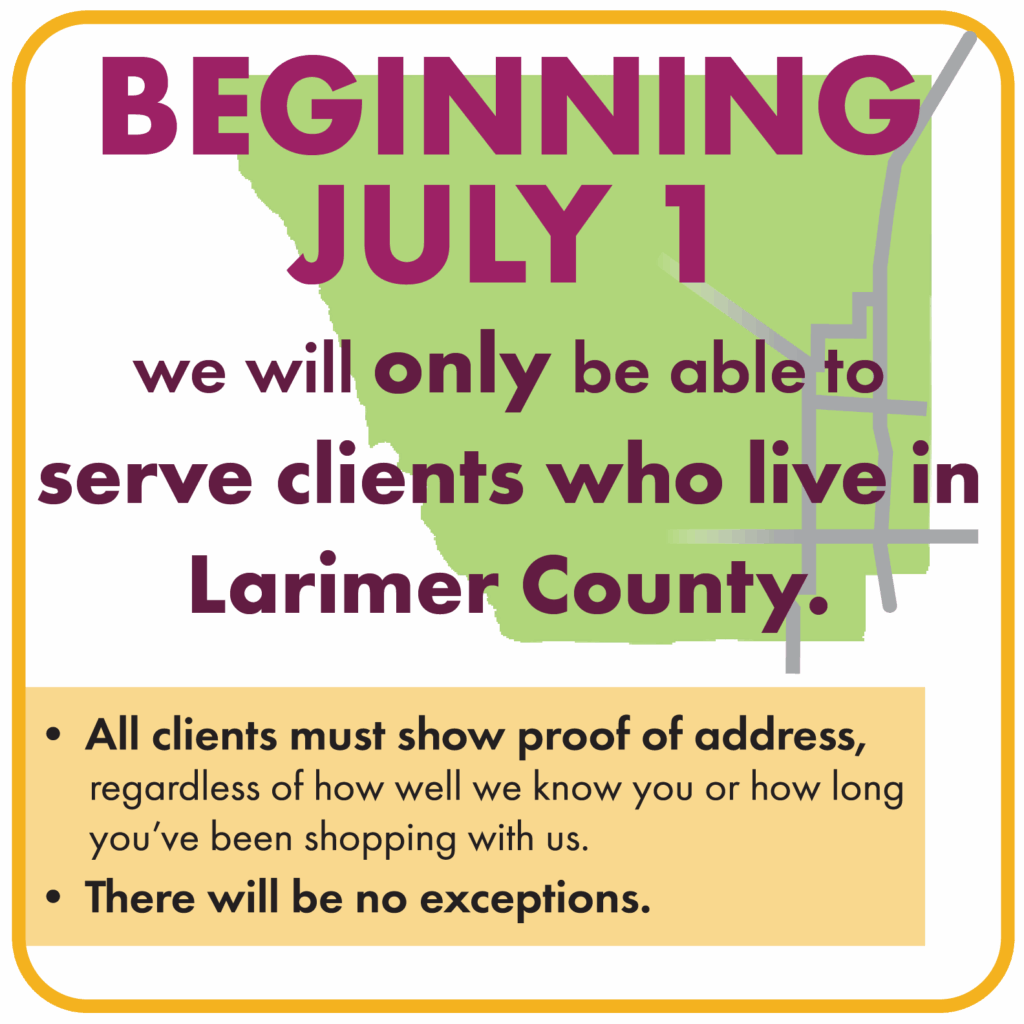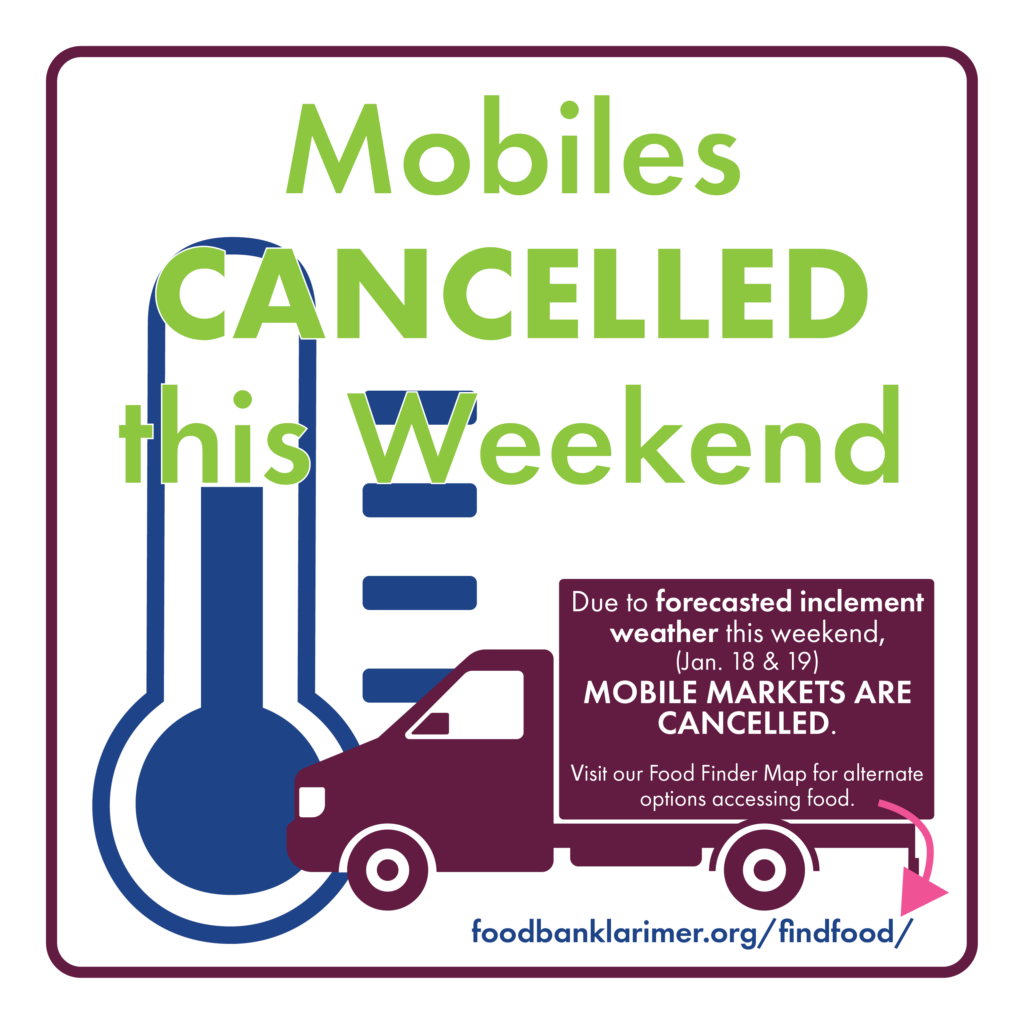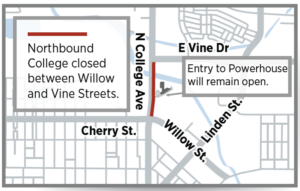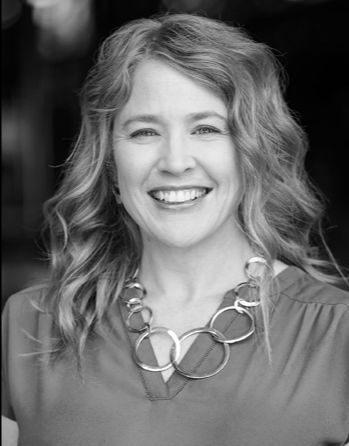
Note from the CEO
October, 2024
National Hispanic Heritage Month is a chance to acknowledge and celebrate the contributions of these communities.
National Hispanic Heritage Month is September 15 – October 15. It is a chance to acknowledge and celebrate the contributions of these communities. It’s also a time for each of us to reflect on how we can actively support and uplift efforts that address community needs and promote equity.
Hispanic culture is incredibly diverse, encompassing many countries and regions across Latin America and Spain. But there are several deeply rooted values and traditions that are widely shared. Some of the most deeply rooted values in Hispanic culture revolve around food and family. Funny, this is what we’re all about. Food is a cornerstone of most Hispanic, Spanish, and Latin cultures and it often carries deep symbolic meaning tied to tradition and family. Meals are often seen as moments of bonding and
celebration, especially during family gatherings and religious holidays.
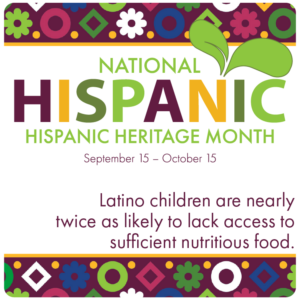 The combining of food to familial celebrations is important. To meet the needs of our community, we know we need to understand who our community is.
The combining of food to familial celebrations is important. To meet the needs of our community, we know we need to understand who our community is.
Our nation is enriched by its diverse population, but we must recognize that everyone’s path in life is unique. Success looks different for each person, and the opportunities to achieve it are not always equal. Minority groups in America often face significant challenges when it comes to receiving fair treatment, and this leads to barriers in everyday life. In Larimer County, Latinos and/or Hispanics make up the largest ethnic group after white, non-Hispanics, and are also the most likely to experience daily food insecurity
Consistent and persistent gaps in wealth, employment, education attainment, and language barriers are all contributors to the disproportionate rates of people of color who are food insecure. In Larimer County, the most recently measured food insecurity rate for Latino individuals was 20%; this is compared to 10% for those who identify as white, non-Hispanic, and 11.1% overall. Read a recent blog post to see more details about specific local discrepancies.
We value and cultivate a diverse team
We believe having a diverse team enriches our organizational culture. Our definition of staff and workplace diversity includes any identity, background, or life perspective that will contribute to us better understanding the needs of our diverse clients. Creating a heterogenous workplace also contributes to more creative problem solving, program and service planning, and creates a more welcoming environment to clients.
Our organizational commitment to diversity states, “At FBLC we are not all the same. And that is our greatest strength. We draw from our differences of who we are, what we have experienced, and how we think. We cultivate a dynamic and diverse work environment, one that plays a critical role in our ambitious work to end hunger, so we believe in including everyone.”
It is also important to us that our team have identities that reflect those of our clients. In Larimer County, the ethnic group with the highest representation (besides white non-Hispanic) are those who identify as Latino and/or Hispanic. In Larimer County, 81% residents identify as white and 13% identify as Hispanic. On our staff, 62% identify as white and 22% identify as Hispanic.
While this might appear as our staff disproportionately representing the Hispanic community, when we compare these rates to our collective client base, that’s far from the truth. Forty six percent of our clients identify as Latino or Hispanic. It is essential to us that when people approach our organization for support, they not only feel welcomed and comfortable, but they see and meet people to whom they can relate.
Recent findings from clients
In June 2024, we conducted focus groups with groups of our clients and learned a lot about how we can improve, we also received validation for things we do well. We conducted some sessions in English and others in Spanish.
Our sessions with Spanish-speaking clients confirmed that we need to consistently pay attention to the needs of our diverse clients. These groups also let us know they notice our efforts; specifically noting appreciation for having more and more Spanish language publications, signs, videos, and more.
We want more native Spanish speakers on our volunteer team
Our goal is to increase the number of Spanish-speaking volunteers to help create a more welcoming and inclusive environment for our diverse community. By having volunteers who can communicate in Spanish, we aim to ensure that everyone feels supported, understood, and fully able to engage in our programs and services.
At the Food Bank, we want all people to feel welcome.
We do our best to look at our organization objectively, seeking ways to improve these efforts. And, if you have ideas, I hope you’ll share them with us
